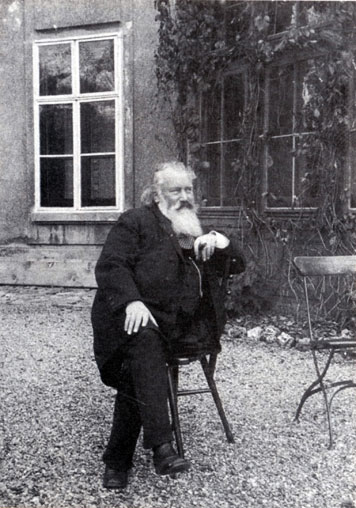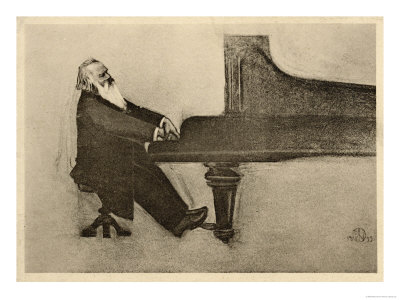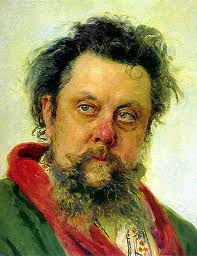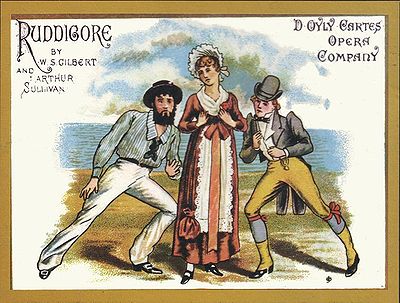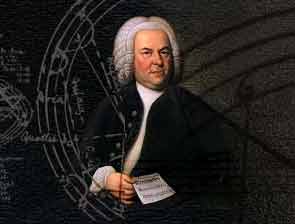The 20-year gestation of this symphony is related to two factors – Brahms’ own self-criticism of his work and the public’s expectation that Brahms would continue “Beethoven’s inheritance” and produce a symphony of depth and scope equal or superior to Beethoven’s monumental Ninth Symphony.
Works
Piano Concerto No. 1 in D Minor
This concerto was Brahms’ first attempt at symphonic writing. He sketched the majority of the work in 1856. For a while it took the form of a two-piano sonata; then he orchestrated it, striving for a symphony. Finally, it was completed as a piano concerto, but one...
Hungarian Dances
http://www.broadwaybach.org/audio/01_Hungarian_Dance_No1.mp3 The root of Brahms’ music lies in the tension between the duple and the triple rhythmic pulse. The inspiration for this can be traced back to his great fondness for the so-called “gypsy” music of Hungary. In...
Night on Bald Mountain
This supernatural fantasy for orchestra was composed by the Russian composer Mussorgsky in 1867 and re-orchestrated by Rimsky-Korsakov in 1886. http://www.broadwaybach.org/audio/Night_On_Bald_Mountain.mp3 Notes from Mussorgsky’s own score make clear its programmatic...
L’Altra Notte in Fondo
Fittingly enough for this concert, this next work is from Boito’s opera Mefistofele, a retelling of the Faust legend and his bargain with the devil. In this hauntingly beautiful aria, Faust’s beloved Margherita is in her jail cell and going mad from grief at the...
Danse Macabre
According to an old French superstition, Death appears at a graveyard at midnight on Halloween, “tunes” his violin (a very peculiar type of tuning), and calls forth the skeletons from their graves to dance – to their own type of waltz! Saint-Saëns, who first performed...
When The Night Wind Howls
This song is taken from the Gilbert and Sullivan operetta Ruddigore, or the Witch’s Curse. This delightful operetta features (among other things) a roomful of portraits of ghostly noble ancestors - who actually step out of their picture frames and come to life! The...
Toccata and Fugue in D Minor
The great Johann Sebastian Bach early on made his mark as a composer and performer on the organ. The D minor Toccata and Fugue is one of his earliest organ works, probably written between 1705 and 1708. It has 2 main sections – an opening “toccata” (from the Italian...
Symphony No. 34 in C Major
Wolfgang on his hometown: “Salzburg is no place for me.” On its residents: “One can't have any proper social intercourse with those people.” On the court musicians for whom he composed: “Coarse, slovenly, dissolute…” On his employer, Hieronymus Colleredo (Prince...
TBA
Try it for Free
Sign Up for a 30 Day Free Trial
Nulla porttitor pretium blandit. Suspendisse id nulla et erat feugiat vehicula. Nam ac sapien maximus sem auctor sollicitudin sit amet a enim. Nulla facilisi. Donec et commodo tellus.

